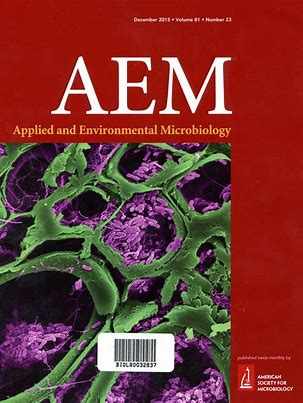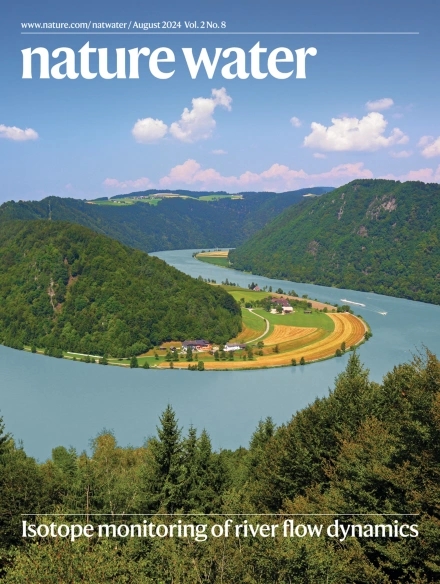- Topic:Water and matter cycles

Inside the Atacama Desert: uncovering the living microbiome of an extreme environment
Attributing Urban Evapotranspiration From Eddy‐Covariance to Surface Cover: Bottom‐Up Versus Top‐Down
Evapotranspiration (ET) is an important process in the water cycle that can help reduce heat stress in cities. However, it is dependent on surface cover. The study provides insights that can inform urban planning and water management decisions, including improving the living environment of city dwellers.

Ecohydrological resilience and the landscape water storage continuum in droughts
A better understanding of water storage dynamics at medium scales, i.e. areas between 10 and 100 square kilometres, could help to better predict and ensure the availability of water resources, even in times of climate change. To this end, the researchers here synthesised findings from several long-term studies and introduced the concept of ecohydrological resilience.
Multiple-stressor effects on leaf litter decomposition in freshwater ecosystems: A meta-analysis
By using a meta analytical technique, the authors investigated the effect of multiple-stressors on leaf litter decomposition in freshwaters. The overall interaction between multiple stressors was antagonistic and the magnitude and direction of multiple-stressor interactions depends on factors such as the involvement of macroinvertebrates, habitat type and available resources.
Electrical conductivity fluctuations as a tracer to determine time-dependent transport characteristics in hyporheic sediments
The paper presents a modeling approach to estimate time-varying travel times from the stream water to the streambed. The modeling is based on fluctuations in electrical conductivity in the surface water and in the porewater. Given the high temporal dynamics of transport in streambed sediments, the model will be a valuable tool for the assessment of reactive transport in streambed sediments.
Linking terrestrial biogeochemical processes and water ages to catchment water quality: A new Damköhler analysis based on coupled modeling of isotope tracers and nitrate dynamics
Catchment-scale nitrate dynamics involve complex coupling of hydrological transport and biogeochemical transformations, imposing challenges for source control of diffuse pollution. Coupled modeling of isotope tracers and nitrate dynamics revealed that upland arable areas impose pollution risks under drought while the river-connected lowlands are processing hotspots and more resilient to drought.
Temperatures and hypolimnetic oxygen in German lakes: Observations, future trends and adaptation potential
A study of oxygen and temperature trends in 46 German lakes showed that temperatures have risen mainly at the surface, but not in the deep water. This led to increased stratification and lower oxygen concentrations. Scenarios showed that these effects of climate change on oxygen content could be compensated by reducing nutrients.
Hydrological model skills change with drought severity; insights from multi-variable evaluation
The study investigated the ability of the Continuum hydrological model in simulating the water cycle in the Po river basin (Italy) during droughts of increasing severity. The simulation of streamflow during the severe 2022 drought was characterized by comparatively lower performances than during moderate events, most likely due to challenges in representing high human influences via irrigation.
Developing a conceptual model of groundwater – Surface water interactions in a drought sensitive lowland catchment using multi-proxy data
Increasing droughts require a better understanding of connectivity and groundwater-surface water interactions. The authors used a multi-proxy approach of isotope tracers, groundwater data and geophysics to develop a conceptual model of landscape connectivity and groundwater recharge and assessed the effects of land use and catchment properties of groundwater systems sensitive to climate change.
Improving process-consistency of an ecohydrological model through inclusion of spatial patterns of satellite-derived land surface temperature
Since the simulation of evaporation and vegetation response to moisture deficits is subject to uncertainties, the authors assessed the benefits of integrating satellite-based land surface temperature data into ecohydrological modelling. They show that even few satellite images can reduce uncertainties of vegetation parameters and improve simulated spatial patterns of land surface temperature.






